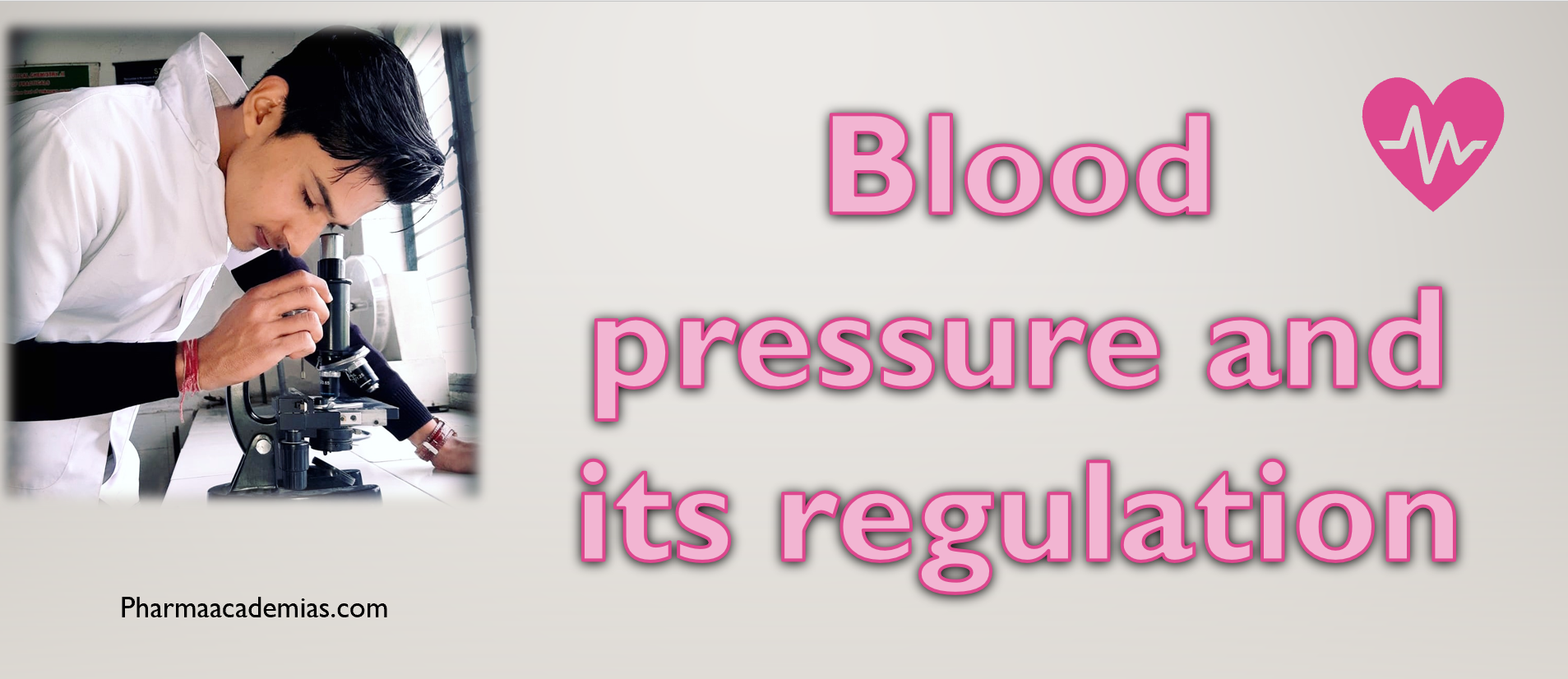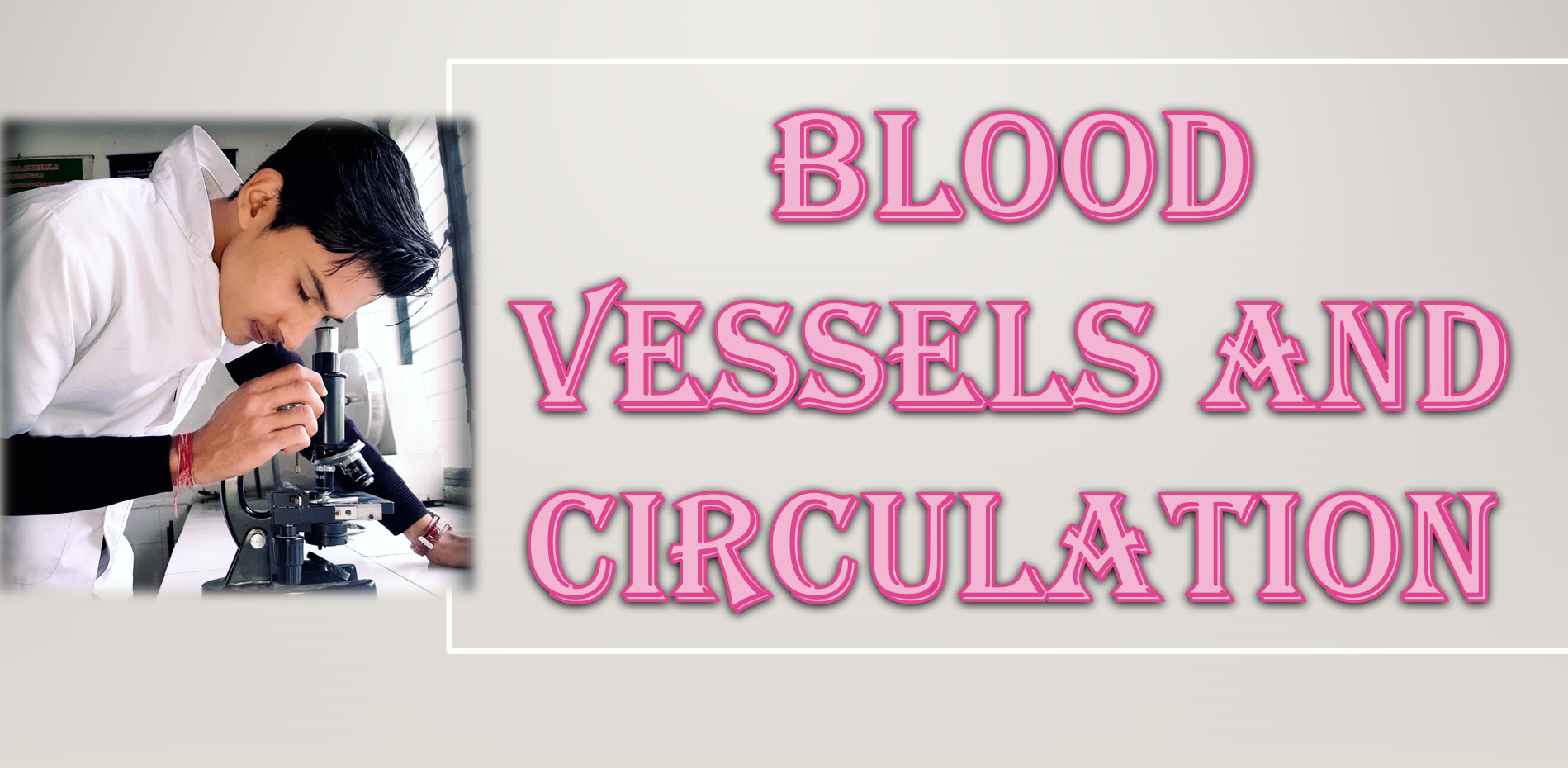Digestive system
“The gastrointestinal tract is part of an organ system in humans and other animals that takes in food, digests it, absorbs nutrients, and expels it out in the form of feces.” The gastrointestinal tract in humans begins at the mouth, continuing through the esophagus, stomach, and small and large intestines. The GI tract is about … Read more








